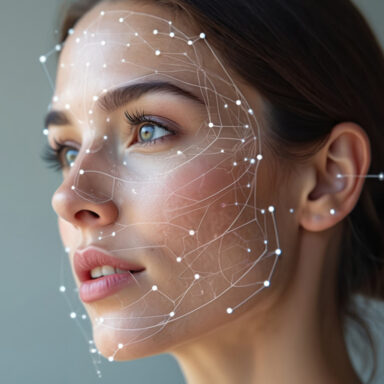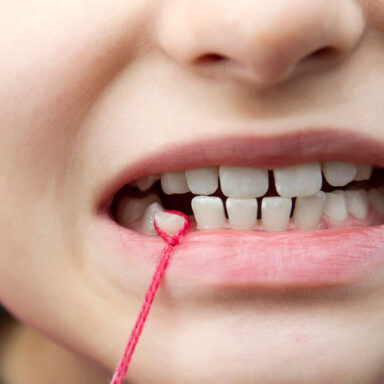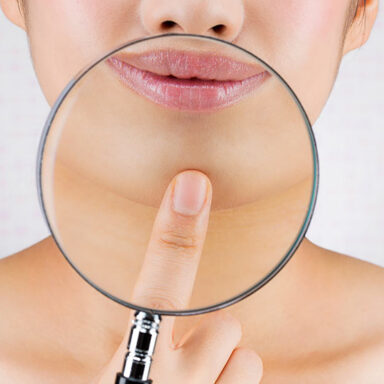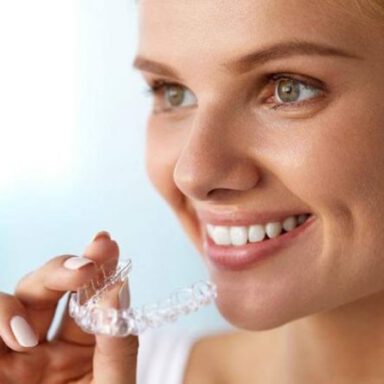Guidebook
Tooth displacement after orthodontics – Are the wisdom teeth to blame?

The teeth have shifted again after orthodontic treatment – Are the wisdom teeth to blame? What can be done? Could this have been avoided?
In our practice for orthodontics in Munich-Unterföhring, we often have patients who ask us exactly these questions. Did you once have braces and straight teeth as a child or teenager? But now your teeth have shifted again? This phenomenon is also known as recurrence or tertiary crowding. Understandably, there is great annoyance when teeth that were once straight are crooked again a few years after they have been corrected. In this article, orthodontist Dr. von Rom provides answers to the most common and important questions in connection with teeth shifting after braces treatment.
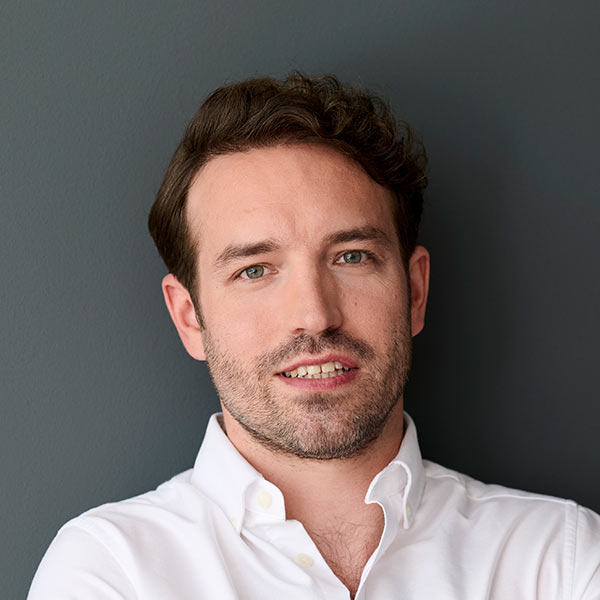
Author
Dr. Fabian von Rom
Date
Estimated reading time
approx. 7 min
Tooth displacement
Contents
“The wisdom teeth have shifted my jaw and teeth.”
What is the truth behind this widespread statement? Are wisdom teeth really to blame for tooth displacement after orthodontics?
Displacements in the area of the incisors occur particularly frequently towards the end of the second decade of life. This is also the time when the wisdom teeth erupt. It is therefore obvious that a connection is made between the erupting wisdom teeth and the resulting crowding. But is this justified? Countless scientific studies have dealt with precisely this question. Some studies were able to establish a certain correlation. Many others, including very large studies, provided contradictory results. The German Society for Orthodontics (DGKFO) made the following statement on the connection between wisdom teeth and the development of frontal crowding:
Wisdom teeth may contribute to teeth shifting again after orthodontic treatment if the space in the jaw is particularly tight. However, wisdom teeth are only one of many possible causes, if any. If the wisdom teeth were the only and most important factor, it should be possible to completely prevent this tooth displacement through consistent and early removal of the wisdom teeth. This is not the case.
If wisdom teeth are not the main cause of crooked teeth after orthodontic treatment, who is to blame?
Crowding that develops after puberty is referred to as tertiary crowding. This is a phenomenon that can also be observed without previous orthodontic treatment and completely independently of wisdom teeth. There must therefore be other factors that play a role in the development of tertiary crowding.
Why do teeth move at all?
In order to understand why teeth sometimes shift after orthodontic treatment or even without it, it is helpful to know how tooth movements generally take place. Even if the adult jawbone no longer changes its outer shape after growth is complete, its interior is still being built up, dismantled and remodeled throughout its life. This is the basis for tooth movement being possible at all. It does not matter whether the tooth movement is carried out deliberately by the orthodontist or whether it is an unwanted displacement following orthodontic treatment. When a force is applied to a tooth, it is deflected in its bone socket. A tensile and a compressive side are created at its root. The jawbone reacts to this with increased bone formation on one side and increased bone resorption on the other. The result of this unevenly distributed bone formation and resorption is tooth movement.
What factors besides wisdom teeth are involved in the development of tooth displacement after braces treatment?
Our teeth are constantly exposed to a variety of forces. For example, the tongue muscles press from the inside while the lip muscles press from the outside. When chewing, grinding or clenching the teeth, forces also act on the teeth. If all these forces are in balance, they cancel each other out and have no effect on the position of the teeth. However, if one force predominates, this results in tooth movement, as you learned in the previous section. As swallowing, speaking, chewing and even grinding are all unconscious activities, it is not possible to calculate the resulting forces precisely or influence them in a targeted manner. It is therefore always advisable to stabilize the treatment result well beyond the active treatment period.
Teeth that were very crooked at the beginning of orthodontic treatment have a certain tendency to return to their original position. This is because each tooth is suspended in the periodontium by many fibers and additional fibers run from tooth to tooth. These fibers can be imagined as rubber bands. After tooth correction, they are under tension. The final reconstruction of the fibers and thus the reduction of the tension takes several years. In order to eliminate this tension as a cause of tooth displacement after orthodontics, stabilization of the tooth position is also recommended well beyond the active treatment period.
Furthermore, the residual growth of the lower jaw, which lasts significantly longer than that of the upper jaw, can promote the development of new malocclusions in the front of the lower jaw.
The large number of factors involved and the fact that they can only be influenced to a limited extent makes measures to stabilize the treatment result beyond the phase of active orthodontics indispensable.
How can a new tooth displacement after orthodontic treatment be avoided from the outset?
As described, teeth react to forces with tooth movement. Many of these forces, for example when swallowing, speaking, chewing or grinding teeth, act involuntarily throughout life. Passive stabilization of the tooth position over and above active orthodontic treatment is therefore the key to success.
Due to the interlocking of the cusps between the upper and lower jaw, the posterior teeth usually stabilize each other. The incisors, on the other hand, require more attention.
These have round roots, small contact points and no cusps for secure interlocking. Consequently, there is an increased risk of the teeth shifting.
Additional aids are required to reliably prevent renewed tooth displacement in the anterior region. So-called adhesive retainers have proven to be particularly practical. A retainer is a small wire that is invisibly attached to the inside of the incisors following orthodontic treatment. A retainer is the safest way to stabilize the position of the incisors after orthodontic treatment. Thanks to its delicate design, the retainer is no longer noticed by most patients after a short time. If kept properly clean, it can remain in the mouth for a long time and guarantee the straight position of the teeth. Removable braces can be used as an alternative to fixed retainers. These are usually worn at night.
What can I do if my teeth have shifted again after orthodontic treatment?
If no retainer or loose braces have been used for stabilization and teeth have already shifted again, there are two ways to deal with this:
- If the malocclusion is minor and you simply want to avoid further deterioration of the tooth position, a retainer can usually be inserted to stabilize the current situation.
- If there is a desire to correct the tooth misalignment that has occurred, there is usually no way around braces. A wide variety of methods are available for correcting teeth, from classic to invisible braces. Find out more in the article “What braces are actually available“.
Your expert for orthodontics
Dr. Fabian von Rom
In the specialist practice for orthodontics, Dr. med, dent. Fabian von Rom uses his extensive expertise and many years of experience to offer patients the best possible care. The practice offers the entire spectrum of modern orthodontics and specializes in innovative and advanced treatment methods. In addition to traditional procedures, the focus is on treatment with invisible braces for teenagers and adults – one of the most modern and discreet solutions in orthodontics. Dr. med. dent. Fabian von Rom attaches great importance to ensuring that medical precision goes hand in hand with a high level of patient satisfaction. By equipping the practice exclusively with individual treatment rooms, individual and professional care at the highest level is guaranteed.
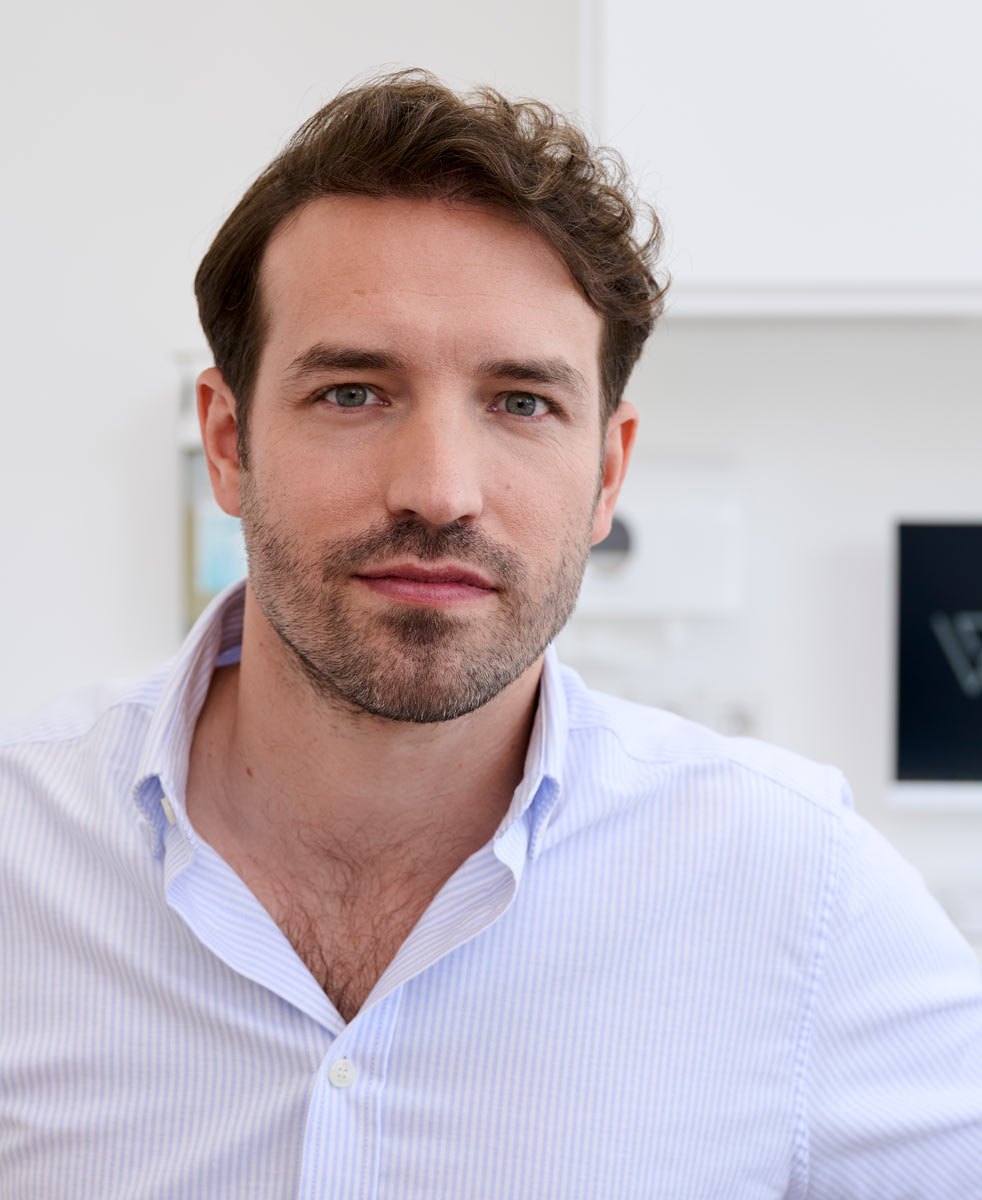
Further topics
In our guide you will find lots more information on current, relevant and interesting topics relating to orthodontics. We hope you enjoy reading it!
